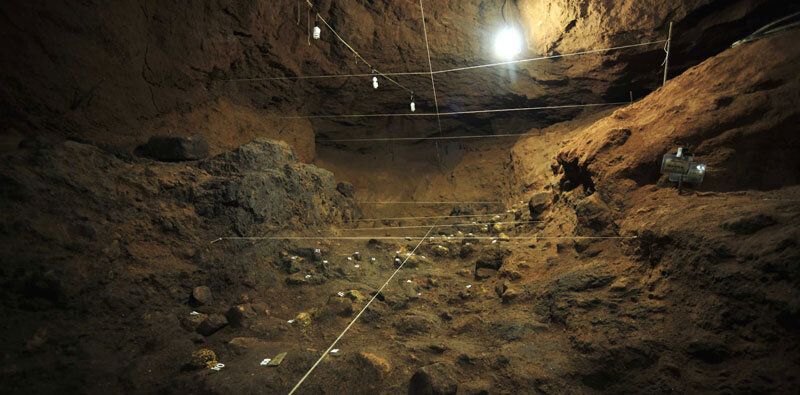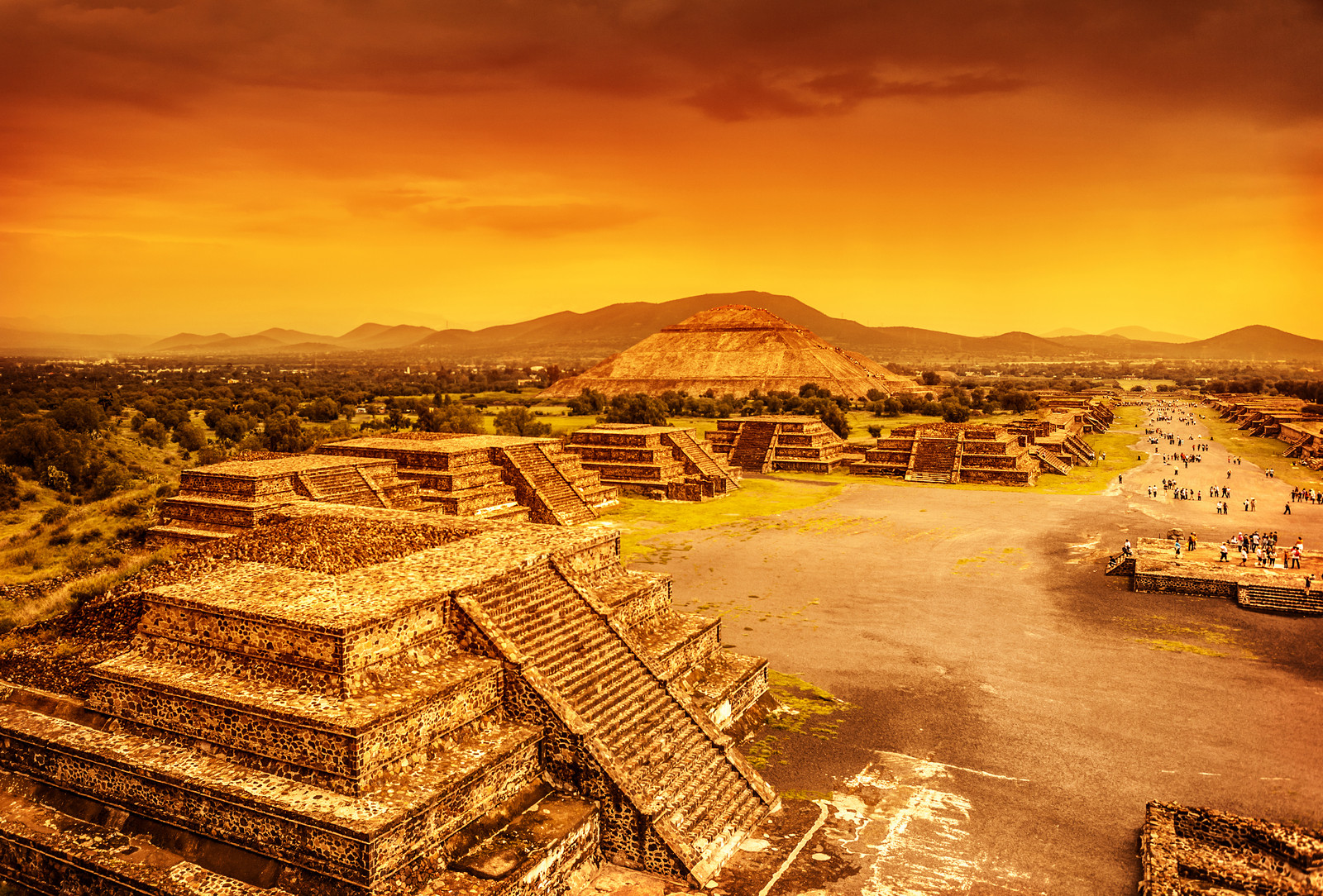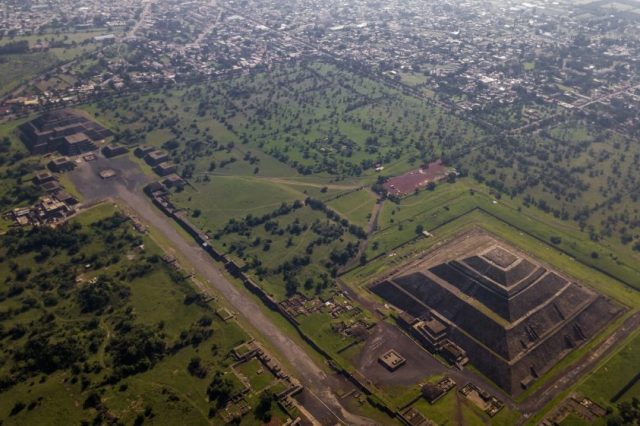The "Golden" Chamber beneath the Temple of Quetzalcoatl, full of small yellow spheres, can certainly be considered as one of the most mysterious recent archaeological discoveries.
Teotihuacan was born in modern-day Mexico more than 2,000 years ago by an unknown civilization. During the heyday of the Mayan empire, it was a thriving metropolis, home to approximately 125,000 people.
To give a better example of the scale, the total number of people in the world at that time did not exceed 200 million, so Teotihuacan was one of the largest cities in the world. Wide roads, high walls, complex structures, and grandeur pyramids were built by a mysterious civilization as advanced as the ancient Egyptians.
Around the middle of the 7th century, for some reason, the huge metropolis was completely abandoned by its inhabitants. When the Aztecs went there centuries later, they found the remains of this ancient city with no signs left to explain its history. Even modern archaeologists who have spent decades researching and excavating cannot explain the origin of the city and why it was suddenly abandoned.
The Hidden Tunnels & Chambers Under the Teotihuacan Pyramids

In 2003, under the Temple of the Feathered Serpent, also known as the Temple of Quetzalcoatl, at a depth of 18 meters below the ground, archaeologists found a 100-meter long tunnel with three main chambers.
The walls of the tunnel are decorated with jade, shells, and ceramics. It is believed that many important rituals were performed there, which were to be hidden from ordinary people. For unknown reasons, this mysterious tunnel was sealed about 250 AD, as if in an attempt to hide it.
Excavations of the tunnel were progressing very slowly, so in 2015, archaeologists from the Mexican National Institute of Anthropology and History decided to explore the hard-to-reach places within the tunnel with the help of a special robot Tlaloc II-TC.
The robot was controlled remotely and could penetrate the narrowest parts of the tunnel, which were still unexcavated. The robot is 90 centimeters long, equipped with photo and video cameras, infrared scanners, three-dimensional mapping equipment, and a special lever to clear its way.
The robot detected several previously unknown branches of the tunnel. Then he came across something amazing. In one of the Teotihuacan underground chambers, the robot found hundreds of yellow balls with a diameter of 3.8 centimeters to 12 centimeters. The balls themselves are made of clay, and their surface is covered with pyrite, the so-called “Fool’s Gold”.
The “Golden” Chamber

Of course, to be precise, this is not about real gold, but about minerals that strongly resemble it like pyrite. Over the centuries, due to oxidation, this substance has turned into yellowish-golden jarosite. But if you restore the appearance of the balls from the era when they were created, they will look like smooth and beautiful shiny spheres that look as if made of gold.
Moreover, it turned out that the surface of the entire chamber, where these balls lay, was initially covered with magnetite, pyrite, and hematite, which gave it the appearance of a chamber of pure gold.
If you imagine what it all looked like in the time of ancient civilizations, it was certainly a breathtaking sight – a room with golden walls, floor, and ceiling, and hundreds of shiny golden balls.
Why this chamber was needed still remains a complete mystery. Archaeologists have not yet encountered anything like this elsewhere in Teotihuacan or in the region.
There is a theory that this chamber was a kind of burial place for rulers and priests, but no traces of such use have been found in it. Another theory calls the Teotihuacan chamber and gold spheres ritual objects that were used for religious ceremonies, and the “golden” balls themselves could have been magical artifacts for spells.
Join the discussion and participate in awesome giveaways in our mobile Telegram group. Join Curiosmos on Telegram Today. t.me/Curiosmos





